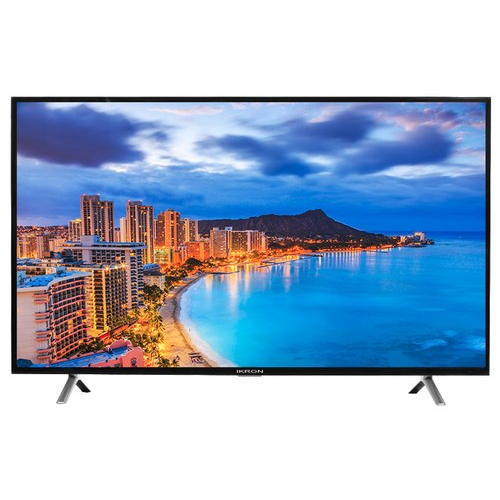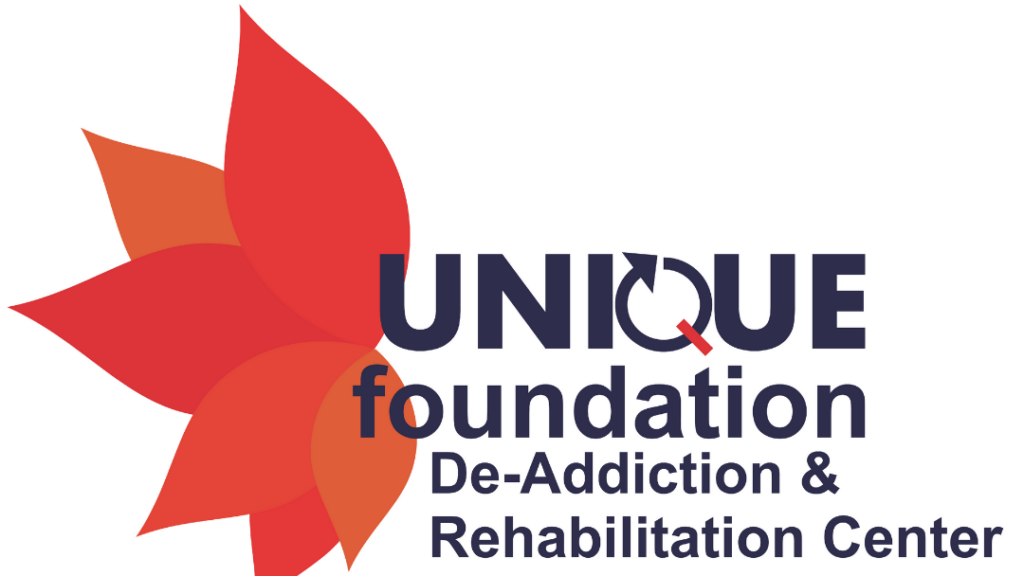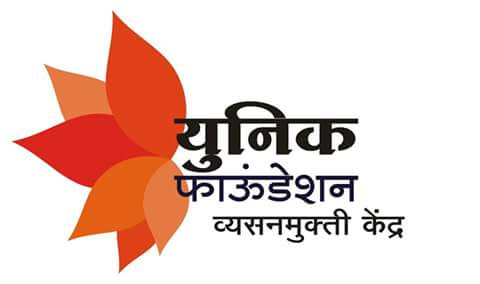T.V

Television usage in de-addiction centers can be a subject of debate and consideration. The inclusion of TVs in such centers depends on various factors, including the center’s philosophy, treatment approach, and the specific needs of the individuals undergoing rehabilitation.
Pros:
Pros:
- Distraction and Relaxation: Television can serve as a distraction and relaxation tool for individuals undergoing treatment. It might help them relax, unwind, and temporarily divert their focus from withdrawal symptoms or cravings.
- Educational Content: Some centers might utilize TVs for educational purposes, showing documentaries, educational videos, or talks related to addiction, recovery, mental health, or coping strategies.
3.Community Building: Watching TV together in a common area might promote a sense of community among patients, allowing them to bond over shared interests and experiences.
Cons:
Cons:
- Triggers: Television shows or movies may contain content or themes that could potentially trigger cravings or relapse among individuals recovering from addiction.
- Isolation: Excessive TV watching could lead to isolation and withdrawal from group activities or therapeutic sessions, hindering the rehabilitation process.
- Passive Engagement: Watching TV might encourage passive engagement rather than active participation in therapeutic activities or interactions with others.

